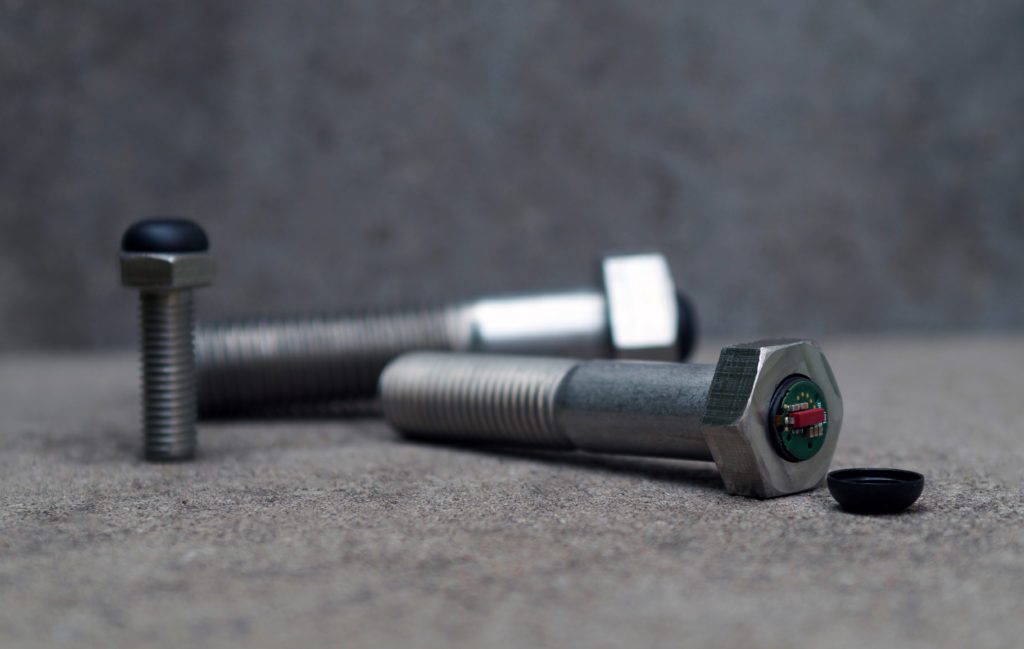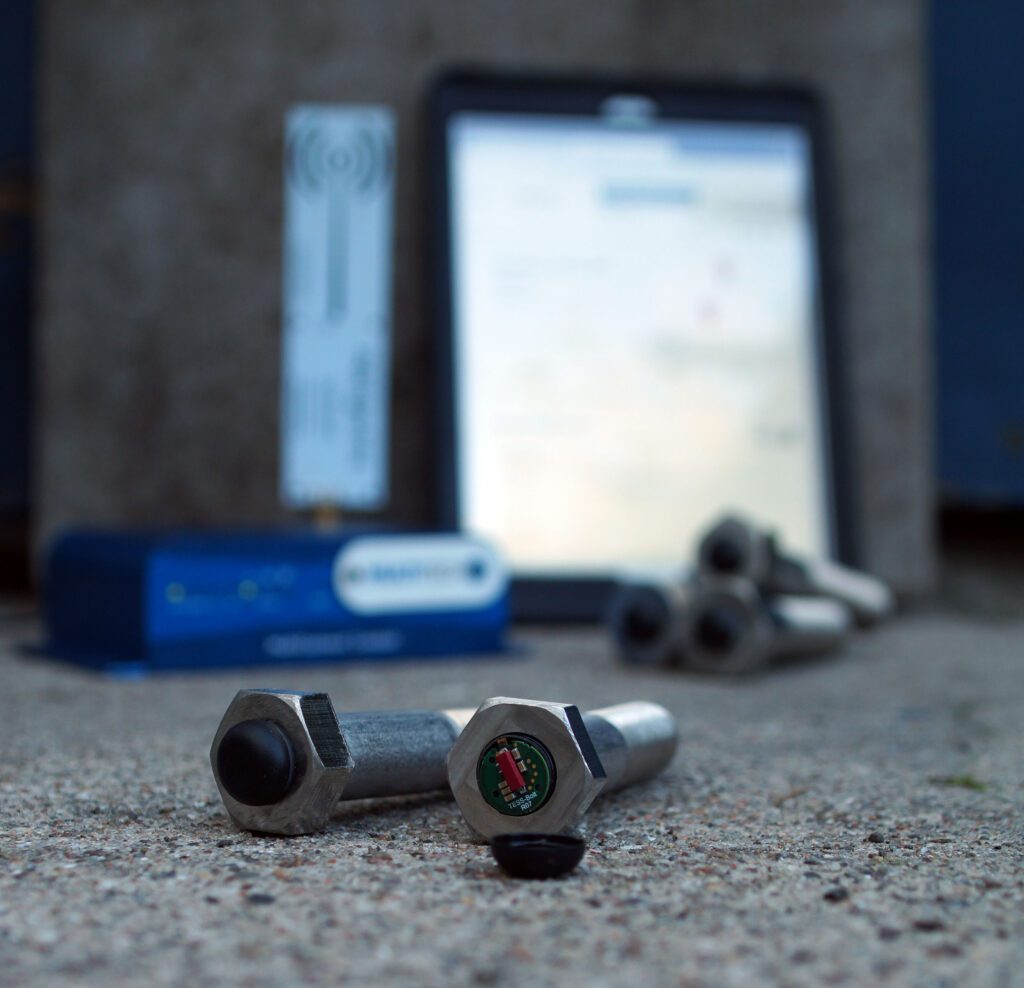By Oscar Lernstad, Framtidens bygg.
Theme: Technology
Data: August 20, 2024
Language: Swedish (Read the original article here).
Bolts are used in almost everything and are therefore a common root cause of failures. By using a sensor that measures preload, Strainlabs’ bolts aim to increase the safety and functionality of machines. “Measuring pre-tension has been a holy grail since the 60s and 70s,” says Csaba Madru, CEO of Strainlabs.

Since bolts are so commonly used, they are also a frequent cause of failures and breakdowns in the engineering industry. Globally, bolts worth around €95 billion are sold every year.
“A standard bolt isn’t very expensive, so €95 billion represents enormous volumes. A rule of thumb among engineers is that somewhere between 10 and 15 percent of all installed bolts will cause problems, ranging from simple rattling in a machine to personal injuries or worse,” says Csaba Madru, CEO of Strainlabs.
Madru is a mechanical engineer and has worked with bolts and bolted joints for 20 years. In 2014, he co-founded Strainlabs. Since its inception, the company has developed the Strainlabs System.
“The Strainlabs System is designed to monitor bolted joints. This is done through a preload measuring sensor placed in the head of a bolt, which measures the preload,” he says.

Preload is the axial force in a bolt, which occurs when the bolt is tightened. The sensors send measurement data every ten minutes to a cloud service, where the data is processed and presented in an easily understandable way.
“Each bolt has a unique ID, so you can track the bolt position across multiple machines or structures. If the preload data falls outside the expected range, the user receives an automatically generated warning. If the preload is wrong, nothing else matters—the bolted joint will fail.”
The product idea came from the founders’ collective experience in the fastener industry and the problems they identified.
“Measuring pre-tension has been a holy grail since the 60s and 70s. You can do it with a strain gauge, but that works in a lab environment and is difficult to apply in an industrial setting. Ultrasonic measurement does work there, but it is incredibly cumbersome and requires a lot of experience to interpret the results correctly.”
“Our monitoring process happens automatically in the background, and the data is delivered to a central database.”
“Many may think safety is expensive, but it’s nothing compared to the cost of a breakdown or accident”
Strainlabs System including bolts are currently used primarily in stationary machines, but Csaba Madru says there are no obstacles to using them in moving equipment.
Five people died when a construction elevator collapsed in Ursvik, Stockholm, in December last year. When the accident investigation presented its findings, it was revealed that there were no bolted joints between the mast sections. This deficiency had not been detected during inspections and maintenance work.
If the installation had been done with “smart bolts,” the accident would have been prevented.
“First and foremost, they would have discovered that the bolts were not installed. If such a system had been in place, the relevant people would have received a warning immediately and been able to address it,” he says.
With the technology that Strainlabs’ product contains, it is more expensive than a regular bolt. Csaba Madru acknowledges that costs are important, but the product enables significant financial savings through increased safety, optimized maintenance, and time savings.
“Our task is to demonstrate how the initial investment creates significant savings down the road. Bolts can loosen or become overloaded, and there are countless regulations on maintenance and inspections, not to mention the safety aspect. Many may think safety is expensive, but it’s nothing compared to the cost of a breakdown or accident.”

The cost of bolts also depends largely on volume. Bolts come in many different lengths, strength classes, and surface treatments, and Strainlabs cannot stock all varieties.
“There are literally tens of thousands of variants. Every time we start production, there is a startup cost, and the more bolts that are manufactured, the lower the unit price. And almost no machines have just one bolt. As an example electronic components drop significantly in price as volumes increase, it is the same with our technology.”
The biggest gain still lies in safer constructions, and Csaba Madru emphasizes the importance of obtaining quantifiable results during inspections.
“A bolt in a construction often holds several tons in place, and there is no way for a human to feel whether it is secured safely. If the preload in a bolt, for example, is at a level corresponding to half a ton but should perhaps be 16 tons, a person might think the bolted joint is very stable when, in reality, it could be on the verge of collapse.”

